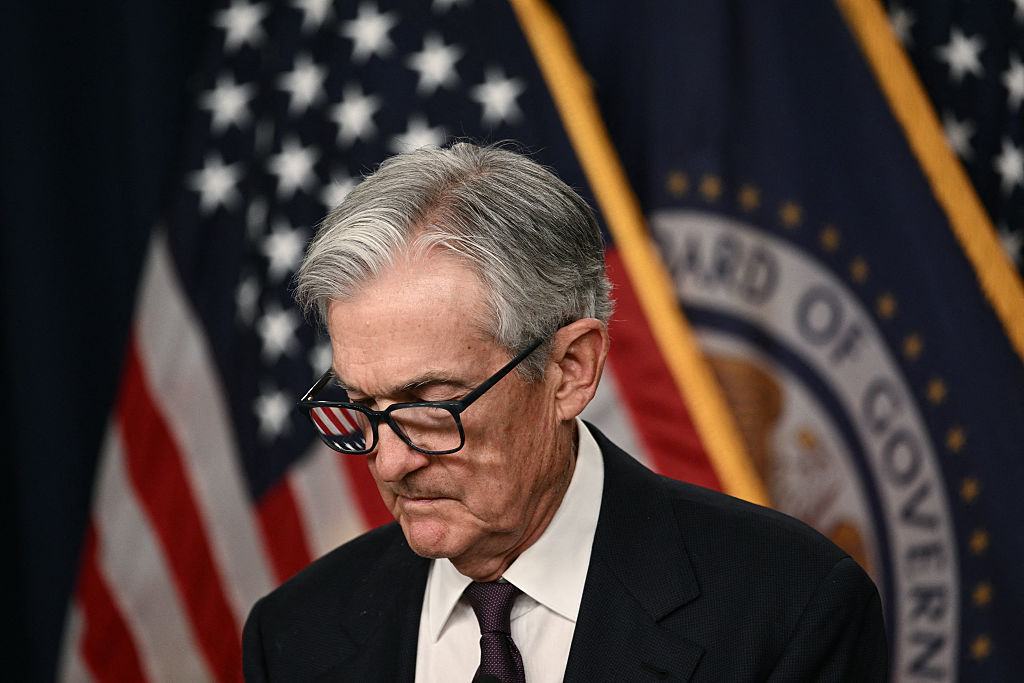The argument between President Donald Trump and Federal Reserve Chairman Jay Powell is about the value of money. When there is too much debt and borrowing, the classic way of dealing with it is to push real interest rates down and devalue money, which is bad for creditors and good for debtors. That is what Trump is pushing for and what Powell is defending against.
[time-brightcove not-tgx=”true”]
These arguments are normal, though this one is more intense. Heads of state often want to have more stimulation to boost spending on financial markets, goods and service which make people happy until there is too much inflation when even they agree that money should be tighter, while good central bankers try to get the balance right between being too easy and being too tight, looking at indicators of which way things are leaning to “lean against the wind.” So, there is a natural tension between central bank leaders and those in office who want to make people happy and get reelected. In normal times, there is a recognition of and respect for the separation of these powers, but, in extreme cases, this separation of powers breaks down.
So what should our monetary policy be? And what indicators should we assess to make that decision? I believe there are market indicators, economic indicators, and other influences to look at.
As for the market indicators, they are clearly saying that money is now easy and that the economy is not in trouble because when stocks go up, the value of money goes down, credit spreads are narrow, and real yields are low that reflects money being “easy.” More specifically:
Over the last year, the U.S. stock market has risen by approximately 16%, is now at its all-time highs and by most measures expensive.
We estimate that since last summer, the dollar is down 5% against a basket of other major currencies, down 27% against gold, down 45% against Bitcoin.
Credit spreads are trading near historically tight levels. For example, BAA-rated corporate spreads are now trading around 1% above treasuries.
Real interest rates are relatively moderate and normal at a bit over 2% at the 10-year level.
As for the economic indicators, they show that the economy as a whole is in relatively good balance with a slight slowing. The unemployment rate is at a relatively low 4.1% and slowly trending higher. And tech, especially investments and revenues in AI, is booming while sentiment and real estate are weak. Overall, the global economy is relatively weak.
That is how things currently look. Regarding the future, there are great uncertainties and risks related to the debt and trade issues, politics, and geopolitics that all have an inflationary bias while at the same time there are great technological advances that are deflationary and will tend to increase wealth gaps.
It is not easy, but it is important to defend the value of money.
Defending monetary discipline, like defending fiscal discipline, isn’t a popular thing to do because it is de facto telling people that they need to have financial discipline. Yet getting the balance right is critical because one man’s debts are another man’s assets, and to be successful, money has to be a good storehold of wealth (as well as an effective medium of exchange).
Will the value of money be defended? Judging from the lessons of history and current readings, I think that it is clear that the value of money won’t be defended until the classic weak money/inflation problems become intense—and perhaps not even then—because the pains they produce are intense. Look at the 1970-82 cycle for a classic example. So, while maybe that tightening will happen sometime in the distant future, it’s virtually certain that it won’t come soon.
So it seems to me that one should keep betting on weak money. That means the dollar and interest rates will likely go down.

